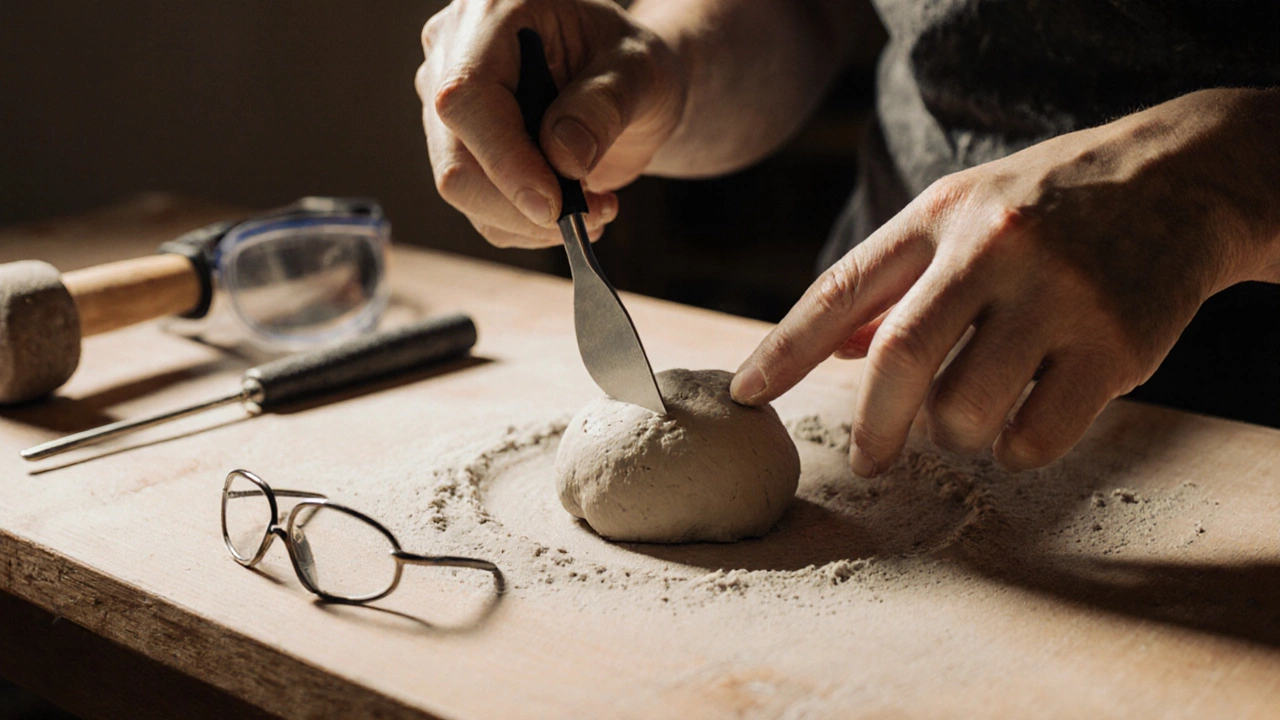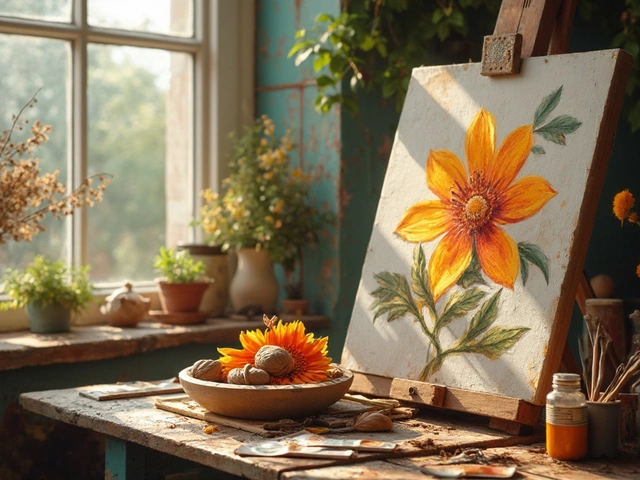Beginner Sculpture Guide: Start Sculpting Today
When working with Beginner Sculpture Guide, a step‑by‑step resource that turns curious creators into confident sculptors. Also known as sculpture basics, it shows how to move from a lump of material to a finished piece. This guide encompasses clay sculpting, the most forgiving medium for learning form and texture, stone carving, a traditional method that teaches patience and precision and metal casting, a process that creates durable, finished pieces. By linking these three mediums, the guide shows how material choice influences tool selection, technique, and final look. Whether you’re in Pembrokeshire’s coastal studios or a home garage, the basics stay the same: start simple, practice often, and let the material speak.
Our beginner sculpture guide is built around three core ideas: choose the right material, master the essential tools, and develop an eye for form.
Key Elements Every New Sculptor Should Know
First, pick a material that matches your comfort level. Clay works like play‑dough for adults; you can roll, pinch, and rebuild without waste. Essential tools include a wire loop scraper, wooden modeling tools, and a sturdy work surface. Next, if stone calls you, learn the chisel‑hammer relationship: a point chisel for detailing, a flat chisel for smoothing, and a mallet that delivers controlled force. Safety gear—gloves, goggles, and a dust mask—keeps the experience healthy. For metal, the journey shifts to creating a mold, usually from silicone or plaster, before pouring molten bronze or aluminium. Familiarity with a crucible, kiln, and proper ventilation becomes crucial. Each medium demands a different workflow, but they all share core skills: observing the human or organic form, scaling up or down, and refining edges until the piece feels right.
Beyond tools and materials, you’ll benefit from understanding the role of the sculptor in the broader art community. A local artist collective, like those thriving in Pembrokeshire, offers critique sessions, studio tours, and joint exhibitions. Engaging with mentors speeds up learning curves—one seasoned stone carver can teach you how to read the grain, while a clay specialist can demonstrate how to build armatures for stability. Online tutorials supplement hands‑on practice, but nothing replaces the feel of a fresh cut on stone or a smooth swipe of wet clay. As you progress, experiment with blending mediums: carve a stone base, add clay details, then cast metal accents. This hybrid approach showcases versatility and prepares you for commissions that require multiple techniques.
Now that you have a roadmap, the collection below dives deeper into each topic. You’ll find articles on famous sculptors, step‑by‑step tutorials for each material, and tips on turning your work into an exhibition‑ready piece. Browse the posts to expand your toolbox, refine your process, and join the vibrant sculpture scene.

A practical beginner's guide covering materials, tools, workspace setup, easy first projects, safety tips, and next steps for anyone wanting to start sculpting.





